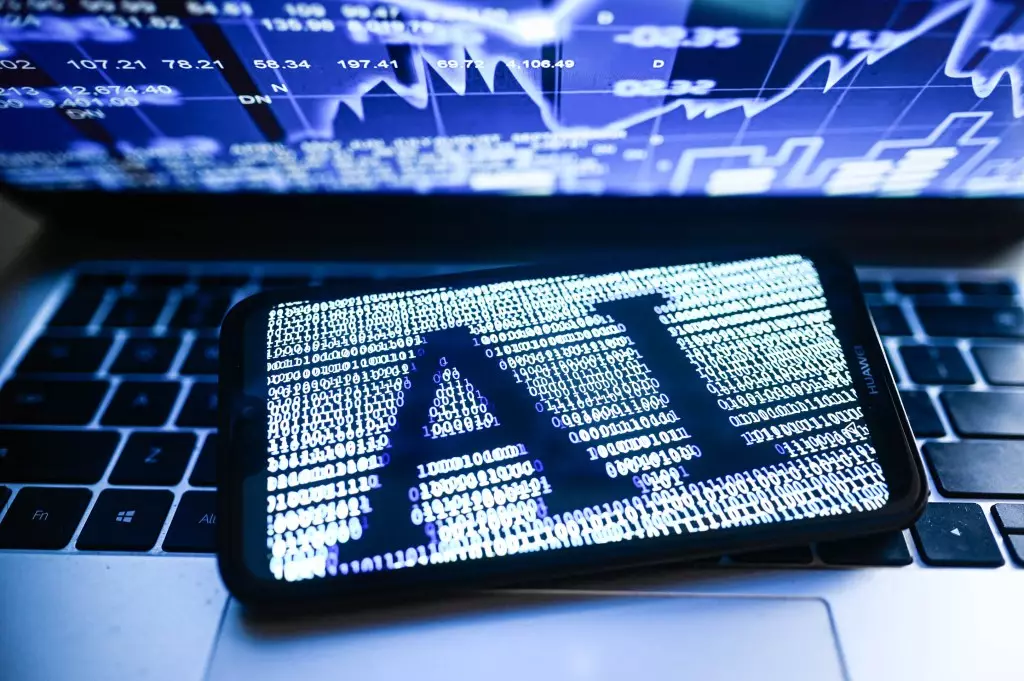As artificial intelligence (AI) rapidly transforms the creative landscape, the friction between the film industry and tech giants escalates. The Motion Picture Association (MPA), a stalwart of Hollywood’s legacy, recently issued a ten-page comment to the White House Office of Science and Technology, emphasizing the necessity for AI and copyright systems to coexist harmoniously. This position reflects a deep-rooted concern that, without proper safeguards, AI could encroach on intellectual property rights and undermine the core financial structure that sustains the creative industries.
The MPA’s assertion that AI can augment human creativity while simultaneously protecting copyright raises critical questions. *Can a technology, capable of generating content at a pace and scale previously unimaginable, truly coexist with a system designed to incentivize originality?* As tech behemoths like OpenAI and Google advocate for fewer restrictions—claiming such barriers threaten national security in the global race for AI supremacy—one cannot help but wonder who the ultimate beneficiaries of such shifts would be.
Hollywood’s Friction with Tech Giants
In recent times, numerous high-profile names from Hollywood have voiced their alarm over AI’s encroachment. An open letter signed by hundreds of A-list celebrities warned that the potential exploitation of copyrighted material by AI firms poses a dire threat to the livelihoods of countless content creators. Herein lies a pivotal dilemma: *how do we ensure that innovation in AI does not come at the cost of artistic integrity and creator rights?* The entertainment industry is home to a unique tapestry of talent, and it is imperative that the very fabric of artistic expression is not unraveled by technology’s relentless march forward.
The MPA’s cautious tone, aiming for a middle ground, highlights a broader understanding that the industry is at a crossroads. Sector leaders recognize that *if they do not adapt to the technological upheaval, they risk being left behind*. Yet, the call for balance should not devolve into an acquiescence that weakens copyright protections already in place, further jeopardizing creators.
Copyright as the Foundation of Innovation
The MPA’s communication also made an economic case for robust copyright laws, asserting that copyright industries contribute more than $2 trillion to the U.S. GDP. This is not merely a financial statistic; it is a reflection of the cultural significance and global standing of the American entertainment industry. When looking at the interplay between copyright and AI, it is crucial to acknowledge that *the quality of AI-generated content is inexorably linked to the richness of the original material used for training*. The slogan “garbage in, garbage out” rings especially true here. For AI to enhance creativity, it must have access to high-quality content that respects the intellectual property of its creators.
This relationship between original content and AI outputs necessitates a nuanced approach to copyright law. The MPA suggests that any modifications to current regulations could result in destabilizing an intricate ecosystem that values the rights of creators. Navigating this landscape requires a commitment to ensuring that AI development does not morph into a free-for-all for tech corporations at the expense of creative professionals.
AI Needs Clear Ethical Guidelines
Critically, the MPA’s position rests upon the idea that copyright protections are not merely regulatory hurdles but are foundational to promoting innovation. As digital copyright issues continue to evolve, the sentiment that *we must not abandon our responsibility to protect creators* must guide policy direction. The tech industry’s call for exemptions raises serious ethical questions: *Is it justifiable for AI companies to prioritize their profit margins over the creative rights of individuals who contribute to the cultural milieu?*
We must also contemplate the implications of labeling. The MPA’s rejection of a requirement to label AI-generated content as “MADE WITH AI” speaks volumes. It is imperative to strike a balance between transparency and creativity. Total transparency in artistic endeavors may stifle the imaginative process, creating an environment where creators feel inhibited by the fear of scrutiny over their methods.
The Cultural Imperative for a Balanced Approach
We stand at an inflection point that warrants not only legal scrutiny but also a broader cultural conversation around creativity and technology. AI undoubtedly presents remarkable opportunities to enhance storytelling by pushing traditional boundaries. However, in its quest for innovation, the industry must not lose sight of its responsibility toward the artisans whose works inspire these technologies.
Hollywood and the AI community must learn to engage in productive dialogue rather than adversarial stances. As we move forward, it is crucial that both sectors maintain their commitment to fostering an environment where creativity thrives, not merely as a product of technological advancement but as a celebration of human expression. This collaborative ethos, emphasizing the mutual respect for intellectual property, will ultimately determine the future of both the artistic and technological landscapes.

